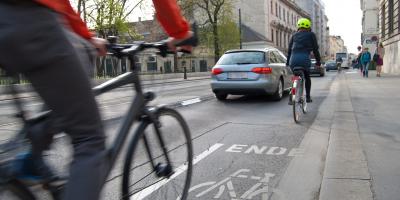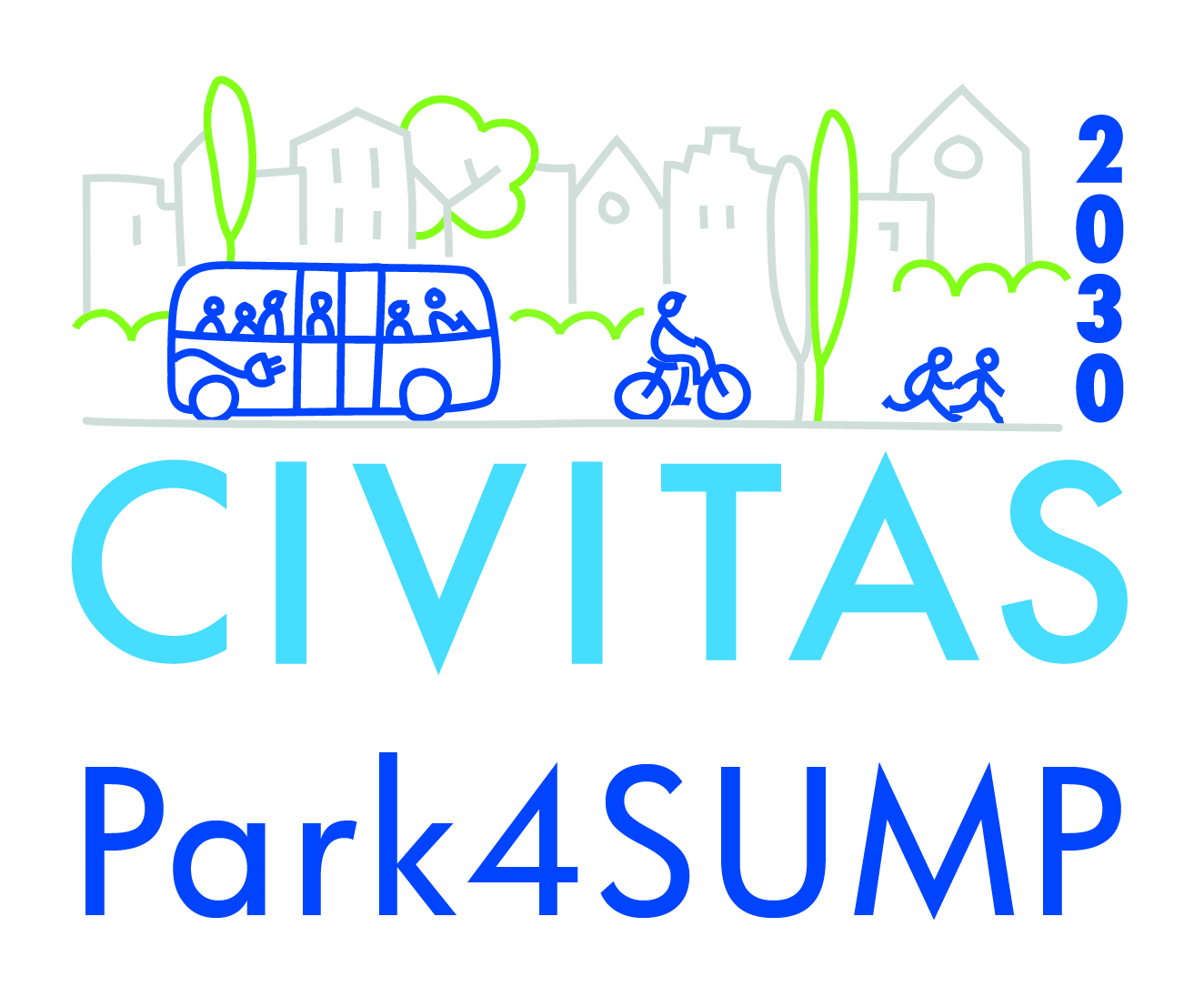Living labs in neighbourhoods

The Park4SUMP-cities will follow this example and aim to finance projects (in neighbourhoods) from their parking revenues. These projects will be set up as living labs and showcase on how to increase acceptance for paid parking.
These living labs will have the following characteristics:
- participatory community building in a coalition between citizens, NGOs, local economy and the local government (city and city district)
- the city (district) labs will move from a more centralised form of planning (run by the municipality) to one that is more open, and almost “do-it-yourself” (DIY).
- the living labs are thus to tap into the latent potential of the place and remove barriers that prevent “DIY” activities, thus leading to implementation by citizens.
- the citizens will decide on spending on sustainable and community-friendly developments such as green areas, pedestrian spaces, play areas, high quality bike parking, street greenery and so on
- they will also experiment with community-based cooperative parking.
This city-district lab concept fits well with the SUMP concept of ‘Planning for people’. Whereas many years ago such activities were seen as acts of resistance or illegal alteration, today urban planning experts see many advantages and recognise the cultural, spatial, and socio-economic relevance. Cities and Park4SUMP will learn a great deal out of this socially driven bottom up approach: e.g. on how to better design urban spaces; on how we conceive of the boundaries between personal, public and private property; on who is entitled to alter urban space; but also how this increases the acceptance of parking management.
